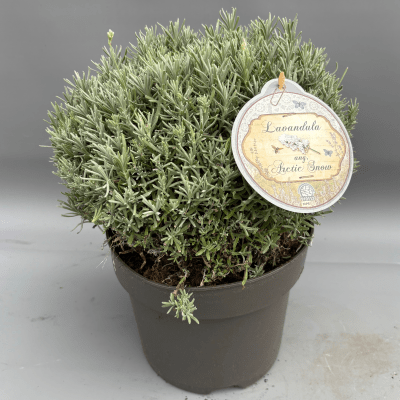Origin
The Cortaderia selloana 'Rosea', also known as Pink Pampas Grass, has its origin in South America. This species of plant is mainly indigenous to the grassy plains of Argentina, Brazil, and Chile. It plays a significant role in the ecosystem of the Pampa, the vast grasslands of this part of the continent.
Characteristics
Pink Pampas Grass is a robust growing grass species known for its large, fluffy plumes sporting a striking pink hue. The plant can reach a height of 2.5 metres and often grows in large bushy tufts. The long, narrow, grey-green leaves can be sharp and are typically 1 to 2 metres long. The flowering plumes peak in the late summer and often remain visible throughout the winter.
Care
The Cortaderia selloana 'Rosea' is relatively low maintenance. The plant prefers a sunny location and can handle drought well. It is essential that the soil is well draining as the plant doesn't cope well with waterlogging. During winter, it is advised to protect the roots from frost by applying a layer of mulch. Pruning is not necessary, but possible, to keep the plant in shape or rejuvenate it. If this is the case, the old, decayed plant parts should be removed in early spring.
